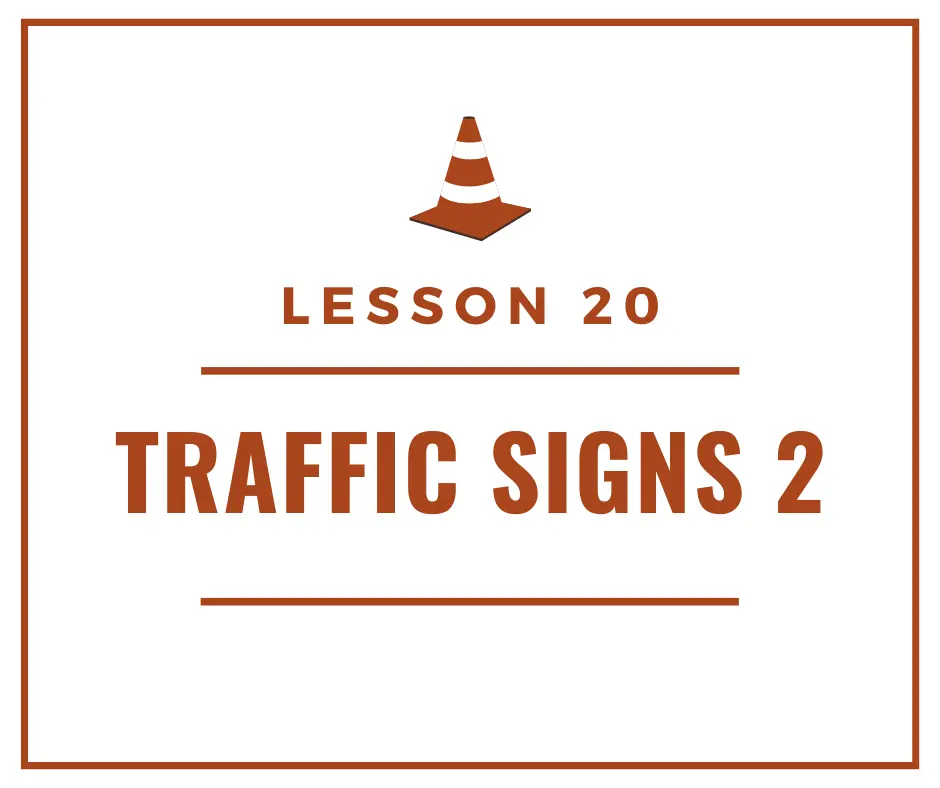Traffic signs orchestrate order and safety in the complex dance between vehicles, cyclists and pedestrians. This continuation of the exploration on traffic signs will delve into its significance, design and changing role in transportation systems.
What is the purpose of traffic signs?
The traffic signs communicate vital information that is essential to the road users and ensures a safe and smooth flow of traffic. The signs are divided into three main categories: warnings, regulatory and informational. Signs that are regulated dictate the rules, like speed limits, no entry zones, and stop signs. Signs warn drivers of potential dangers ahead while informational signs give valuable details about distances and services.
Traffic signs are used to establish a standard language that is understood by all road users. This helps overcome linguistic barriers. The universal system allows drivers of diverse backgrounds to respond and understand the same symbols and colors. This promotes a safe and cohesive driving environment.
The evolution of traffic sign design:
Over the years, traffic sign design has evolved significantly. The early road signs were crude, hand painted, and had no consistency. The advent of automobiles and proliferation of roads led to the demand for a system that was standardized, easily understood and comprehensible.
In the United States, the Manual on Uniform Traffic Control Devices – or MUTCD – and other guidelines around the world laid the groundwork for standardizing traffic signs. The guidelines are designed to make signs easily identifiable, distinct, and communicate information quickly. Standardized shapes, colours, and symbols improve the effectiveness of road signs. They reduce the cognitive burden on drivers, while increasing safety.
The use of modern technology also plays a crucial role in improving the visibility of traffic signs. The use of reflective materials and signs that are illuminated at night has significantly increased visibility. This reduces the risk of an accident in dimly-lit conditions. In some cities, digital displays are integrated into the streetscape, allowing for real-time updates on traffic and emergencies.
What is the role of technology in traffic management?
Traffic management continues to be transformed by technological advances. Intelligent cities use cutting-edge technology such as artificial intelligence (AI), sensors and data analytics in order to improve traffic flow and safety. Intelligent Transportation Systems integrates traffic signs and other elements such as traffic lights, surveillance cameras, etc. to create a comprehensive traffic management network.
These signs display information in real time about accidents and traffic, as well as alternative routes. They help drivers avoid traffic jams and make better decisions by displaying real-time information about the road conditions, accidents, and alternative routes. The integration of vehicle-to-infrastructure (V2I) communication further enhances the potential for real-time information exchange between vehicles and traffic management systems.

The Challenges of Innovation
Traffic signs are effective in encouraging road safety. However, there remain challenges. Overabundance in signage can cause information overload and reduce the effectiveness of signs. Environmental factors, such as the weather and clutter, can also impact visibility.
Innovative solutions are being explored to meet these challenges. The use of augmented reality (AR), heads-up displays (HUD), and other technologies within vehicles can overlay digital data directly on the field of vision of the driver, allowing for a seamless integration between traffic signs information and the surrounding environment. It could improve visibility and decrease the need for physical signs.
Conclusion:
The traffic signs on our roads are unsung heroes, as they silently guide us through transportation’s intricacies. Traffic signs are constantly evolving to adapt to new technologies as we progress. Traffic signs are constantly improving, from standardized design to the use of new technologies. The ultimate goal is safer, more efficient roads for everyone.
